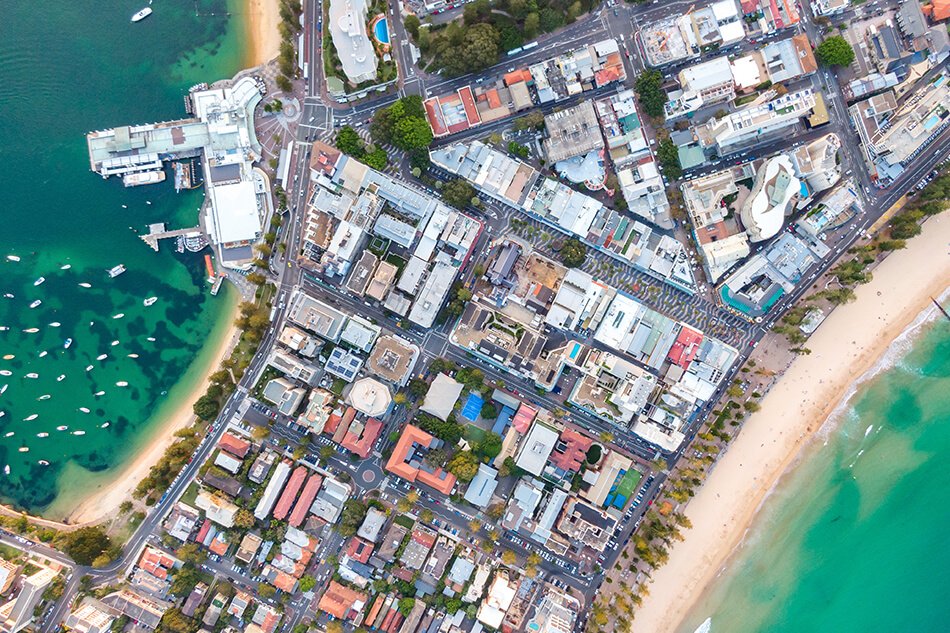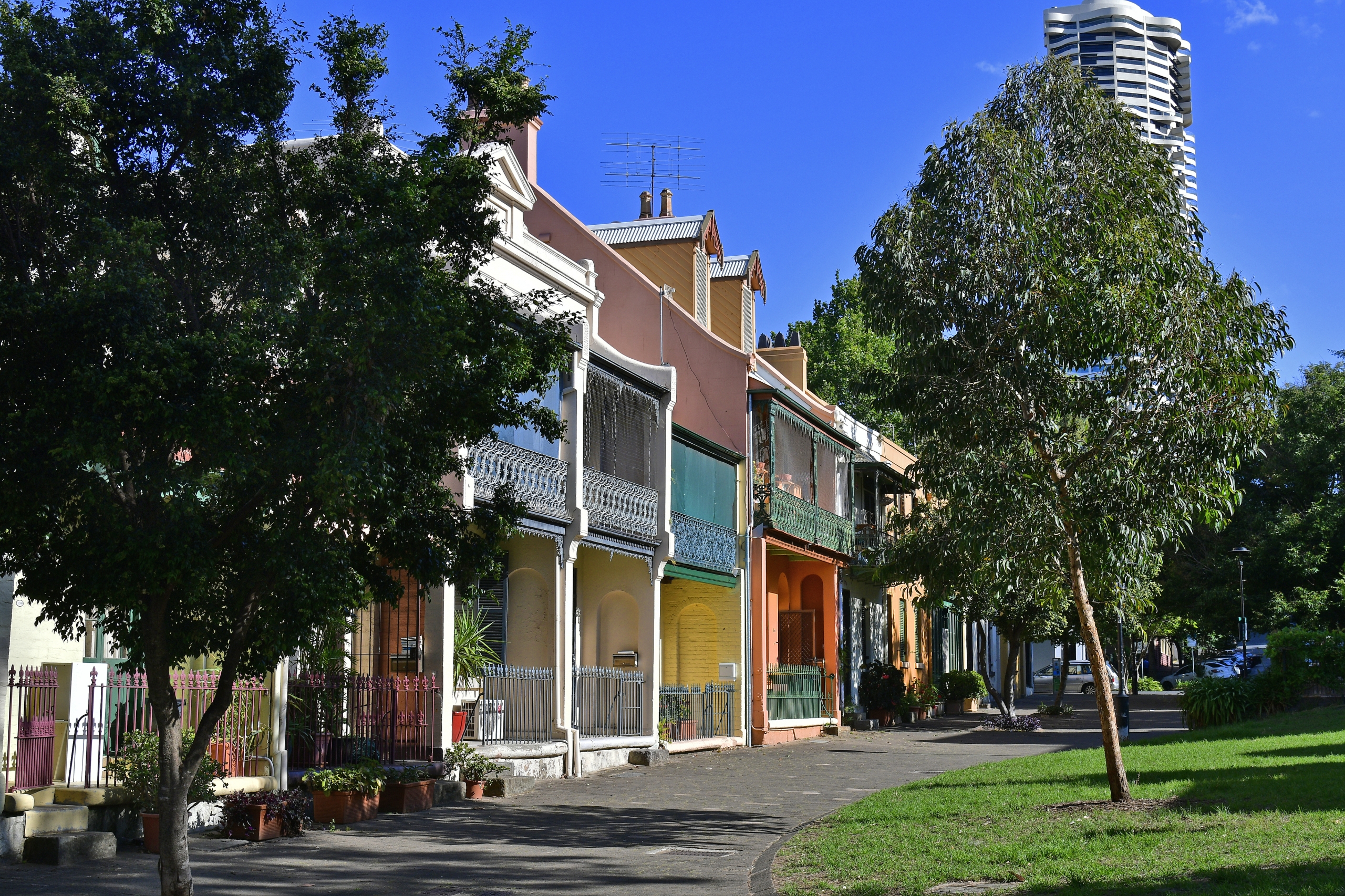As house prices and rental properties increase in value, first-time buyers are being locked out of the market. Rather than slump during the pandemic, house prices have actually increased in Sydney and are at risk of bursting the house price bubble it is currently in.
However, after a peak last March, prices are beginning to stabilise. We are starting to see some restrictions imposed on lenders and banks on home loan amounts in an attempt to reign the housing market back under control.
Similarly, rental prices have boomed as property values rise. However, rental properties are also dealing with an increase in vacancies. Empty properties struggle with the lack of movement seen throughout the coronavirus pandemic and the loss of international students or visitors who usually push up demand.
Yet, the forecast for 2022 is looking much brighter. Hopefully, housing affordability and supply will stabilise and become more accessible for first-time buyers. Similarly, with the relaxation of COVID-19 restrictions, construction sites are ramping up their capacity, and foreign investment might soon bounce back.
Sydney House Prices
Despite the impact of coronavirus, property prices have risen over the last year and continue to do so. Low-interest rates, post-COVID demand, and government intervention have kept housing prices on the up.
Peaking in March of this year, Sydney property values continue to increase steadily. National property prices rose by 1.5% in October, a similar increase as we saw in August and September. After a dip in July in Sydney, the median house value increased by 1.9%. This last month has seen asking prices go up by 11.6%, sitting at an average of $1,683,793 at the moment.
In addition, houses are doing better than apartments or units in Sydney. The best performing suburbs are currently Bellevue Hill (with a medium value of over seven million) and North Avoca ($1,466,568, up from $991,507 a year previously).
The growth in house prices arises as a result of low-interest rates and the desire to stretch our legs after repeated lockdowns over the last few years. Plus, government intervention has led to increased inflation.
Further growth is expected in the upcoming months into 2022.
Home Prices Peaked In March
Across the country, we saw house prices peak in March 2021. Rising to a national average of 2.85% in one month, March saw property value rocket. In Sydney, the average shot up by 3.7% within the space of four weeks, the fastest rise the area has seen in over thirty years.
The growth rate has eased since, but it is still on the up. Westpac projects prices to reach as high as 27% for the year. Strong demand for houses continues to outweigh property listings.
The surge is thought to be driven by owner-occupiers. Record low-interest rates, government incentives and household savings (from spending two years with limited freedoms) has pushed the median house value up and availability down.
However, experts predict that more properties will soon be available on the market as high prices attract sellers. Although, this still remains an issue for first-time buyers having to save up for a hefty deposit.
In March, economists predicted that regulators could impose restrictions or regulations to prevent the Sydney real estate market from getting out of control. However, as housing markets have stabilised slightly, no action has been taken so far.
Changes In Sydney Property Prices Over The Past Two Years
Research suggests that from the start of 2019 to the end of 2020, the average house price fell almost everywhere in Sydney, particularly at the beginning of the pandemic. However, falling house prices because of coronavirus were seemingly temporary. At the end of 2020, the prices rose again to a record high at $1,211,488 – over £13,000 above the last peak in 2017.
Since 2019, prices have risen in most Sydney suburbs, with Alexandria leading the trend with the highest growth of 30.6%. Marsfield, however, dropped 10.1% on the Sydney housing market. On the other hand, Blackheath and Palm Beach are the only two suburbs that have remained stable and showed steady growth in the last two years.
Other suburbs with minor price falls include Charmhaven, Hamlyn Terrace and Wadalba – largely on the Central Coast.
Since March, Sydney property price growth has steadily increased. House prices are now thought to be $296,000 more expensive than they were in January, on average. Meanwhile, apartments and units have gone up by an additional $91,000.
Is This A House Price Bubble?
The UBS Global Real Estate Bubble Index 2021 has labelled Sydney’s housing market as an overvalued bubble. The research suggests that its value has increased from 0.88% in 2019 to 1.39% in 2021, after dipping to 0.75% in 2020. Any percentage above 0.5 is considered to be overvalued.
The problem with house price bubbles is that they are set up to fall. The rapid increase in prices results in rampant buying and speculation, leading to collapse. However, the report does not label Sydney as yet being at “bubble risk”.
While the drive in housing values rockets, younger people are locked out of the property market and creates economic risks. Owner-occupiers increasingly rely on lending and borrowing to finance their property purchases, as household income falls behind the Australian housing market. The rise in mortgage debt might induce an economic downturn.
Potential solutions could be to limit the amount lenders let buyers borrow. Earlier this year, New Zealand put restrictions on loan to value ratio; however, it is now looking at what further measures it might need to impose.
However, others contest whether Australia’s property boom is a bubble.
Sydney’s Housing Market: Policy Updates
Owner-occupiers do not just influence the housing market alone. House prices and price growth are also dependent on developers and policy changes.
Developer Contributions
Contributions from developers are causing inflation, preventing supply and affordability from reaching those with a lower income.
Sydney Restarts Construction Work
Since late September, the limits on construction sites have been lifted. Prior to the 27th of September, construction sites were limited to fifty per cent capacity if they had any unvaccinated workers. Now, however, all construction sites are allowed up to one person per four metres square, regardless of vaccination status.
This will help the housing market produce new, fast, and cheaper properties to stabilise property prices.
Soaring Housing Debt a Financial risk
The Reserve Bank of Australia warns that the rising Sydney property values and increasing household debt might risk Australia’s economy and financial system. Interest rates have been cut to a record low, at 0.1%, and the RBA suggests that they are unlikely to increase before 2024.
As already covered, new limits have been imposed in November to restrict banks lending home loans to potential buyers.
Sydney Rent Prices
Sydney’s rent prices have been increasing steadily year after year. As of December 2020, rent prices were an average of $540 for houses and $495 for units. Houses increased by 1.9%, while apartments dropped by 1% since 2019.
In 2021, however, apartment rental prices are rising again. Plus, the median rental price is $582 for all dwellings – the only place where rent prices are more costly than Sydney is Canberra.
However, prices in Sydney have only actually increased by 3.2%. Whereas Canberra house rents are up by 7.3%, Perth by 16.7% and Darwin by 21.8%. The national rent increase is 6.6%.
Therefore, while Sydney has some of the highest rental prices across Australia, they have not increased as much as other areas of the country. In fact, only Melbourne has had a lower price change, with a drop of 1.4% in rental prices.
Sydney Residential Rental Vacancy Rate
Residential rental vacancies have also increased, however. As the impact of the coronavirus pandemic has taken its toll, there was less demand for residential rental properties as lockdown reduced demand and fewer international students visited. In September, the number of empty rental properties rose by 8.2%.
However, it’s also been suggested that the rental market prices are driven by a demand for bigger homes and lifestyle locations. People have wanted to move back into the centre of Sydney as the pandemic seems to subside.
Unfortunately, this makes it more difficult for first-home buyers trying to save for a deposit across Australia. Furthermore, when international travel resumes and foreign investment or expats are allowed back in the country, many rental properties could be pushed up in price once more.
However, there is no guarantee that overseas investment will settle in Sydney. We might see a shift to less traditional destinations, like southeast Queensland.
What The Experts Are Saying About Sydney’s Housing Market
Expert Eliza Owens from CoreLogic suggests that “looking forward, we could see unit purchases becoming more popular as demand is deflected away from houses simply due to affordability constraints becoming more pressing across the detached housing sector where values have risen substantially more than units.”
She also stipulates that “also, with investment activity picking up, interest in the medium to high-density styles of housing could lift as investment demand has historically been skewed towards the unit sector.”
Finance writer Sarah Sharples projects that “Sydney will likely reach its worst housing affordability in a decade if prices rise further by a relatively small amount as low-interest rates are not enough to offset sharp house price gains.”
Meanwhile, Michael Yardney thinks that in 2022 property investors will begin “slowly understanding the risks associated with high-rise tower apartments in Sydney including potential construction defects, high vacancy rates, lack of scarcity, lack of capital growth, and the challenges of buying in buildings that are predominantly owned by investors, and often many overseas investors.”
Yardney also suggests that “real estate in Sydney’s larger regional locations, particularly in lifestyle locations like the Central Coast, the Hunter Valley, Wollongong, New South Wales south coast should perform strongly this year with beachside suburbs likely to outperform the wider overall market.”
2022: Forecasts much brighter
As we see the relaxation of pandemic restrictions and international borders open again, house prices might rocket to over $100,000 as a median price across Australia. In Sydney, the forecast predicts that house prices could increase 8% up to $1,370,000 by the end of 2022. However, the price increase is stabilising.
Sydney homeowners are set to make more on their property than anywhere else in Australia—potentially as much as 3.5 times the property value in 2022.
Units are not performing as well as houses and might continue to suffer into the following year. However, as their prices fail to soar as high as houses, they might make more achievable investments for first-time buyers.
Get the latest news and updates from Lendstreet
Join and subscribe to our newsletter.
In Summary,
As we begin to find ourselves in a post-pandemic world, house prices are not necessarily getting any more affordable. The good news is that property values are stabilising. Hopefully, with further legislation and decreased demand (as no one can afford the sky-high prices), properties might start to fall without the house price bubble bursting.
Schedule a call to one of our expert mortgage broker
Ask our expert mortgage brokers anything about home loans.
Related articles
Attention homeowners: the Reserve Bank of Australia (RBA) has recently decided to maintain the cash rate target at 4.10 ...
The Reserve Bank of Australia (RBA) has announced that it will keep the official cash rate unchanged at 3.6%, ...
According to the Economist Intelligence Unit’s (EIU)Worldwide Cost of Living report last December, Sydney is the tenth most expensive ...









